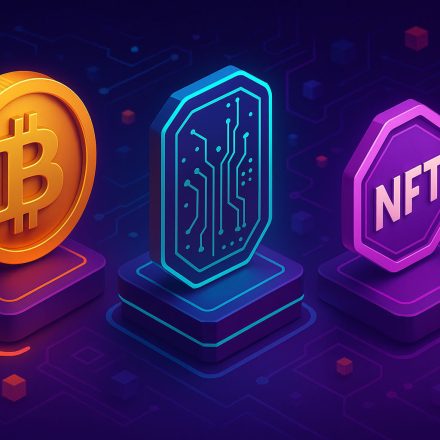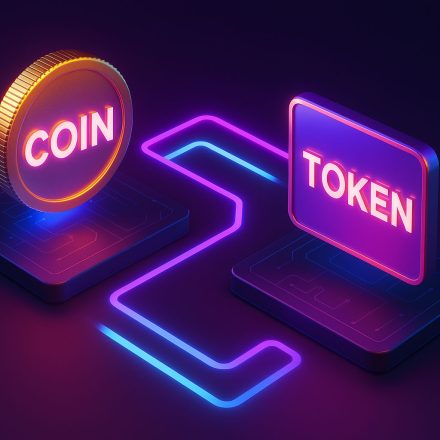
🪙 Understanding Bitcoin: The First Cryptocurrency Explained
Understanding Bitcoin: the first cryptocurrency is essential for anyone entering the world of blockchain or Web3. Bitcoin wasn’t just the beginning of digital money — it was the spark that launched an entire decentralized revolution.
Table Of Content
In this article, we’ll explore what Bitcoin is, how it works, why it matters, and what role it plays in shaping the financial future.
🔍 What Is Bitcoin?
Bitcoin is a peer-to-peer digital currency that allows users to send money directly to one another without a bank, government, or third-party intermediary. It was designed to be:
- Decentralized: No single authority controls it
- Scarce: Only 21 million BTC will ever exist
- Transparent: Every transaction is recorded on a public ledger
Bitcoin is the original cryptocurrency — the one that started it all.
🕰️ The History of Bitcoin
Bitcoin was introduced in 2008 through a whitepaper titled “Bitcoin: A Peer-to-Peer Electronic Cash System” by the pseudonymous creator Satoshi Nakamoto.
- 2009: Bitcoin network goes live, the first BTC is mined (Genesis Block)
- 2010: First real-world transaction — 10,000 BTC for two pizzas
- 2013–2017: Rapid price growth, media attention, and growing adoption
- 2021: El Salvador adopts Bitcoin as legal tender
- 2025: Bitcoin remains the largest cryptocurrency by market cap
Bitcoin has proven itself as both a store of value and a gateway into the crypto world.
⚙️ How Bitcoin Works
At its core, Bitcoin is powered by blockchain technology — a decentralized, immutable ledger that records all transactions.
Key Components:
- Blocks: Groups of verified transactions
- Miners: Compete to solve cryptographic puzzles and confirm transactions
- Proof of Work: A consensus algorithm ensuring honesty and security
- Wallets: Store your BTC using public/private key pairs
Once a block is verified, it’s added to the chain — permanently and transparently.
🌍 Why Bitcoin Matters
Bitcoin is more than just a digital asset — it’s a movement.
- Financial Freedom: Enables access to money without borders
- Decentralization: Empowers users instead of banks
- Digital Scarcity: Mimics gold’s finite supply, but in digital form
- Censorship Resistance: Transactions can’t be blocked or reversed
It has inspired thousands of other crypto projects — but Bitcoin remains the original blueprint.
✅ Benefits of Bitcoin
| Benefit | Description |
|---|---|
| Global Access | Anyone with internet can use Bitcoin |
| Security | Protected by advanced cryptography and network power |
| Transparency | All transactions are visible on the blockchain |
| Inflation Hedge | Fixed supply resists currency devaluation |
| Ownership Control | You control your private keys and funds |
Bitcoin offers an alternative to traditional finance — especially in countries with unstable economies.
⚠️ Criticisms and Challenges
Despite its benefits, Bitcoin isn’t without challenges:
- Volatility: Price swings can be extreme
- Scalability: Limited transactions per second (~7 TPS)
- Energy Use: Mining consumes significant electricity
- Complexity: Wallets, keys, and security still intimidate newcomers
- Regulatory Scrutiny: Governments continue to debate legal frameworks
That said, Bitcoin’s development community continues to push forward with improvements (like the Lightning Network).
🔗 Bitcoin’s Role in Today’s Crypto World
Bitcoin remains:
- #1 by Market Cap
- A “digital gold” for long-term holding
- The base asset for most crypto on/off ramps
- A symbol of decentralized resistance in both finance and politics
New cryptocurrencies may offer faster or more complex functionality, but Bitcoin’s simplicity and security make it a lasting standard.
🔗 Learn More About Blockchain Basics
- Start with our full Blockchain Basics series
- Read the original Bitcoin whitepaper













